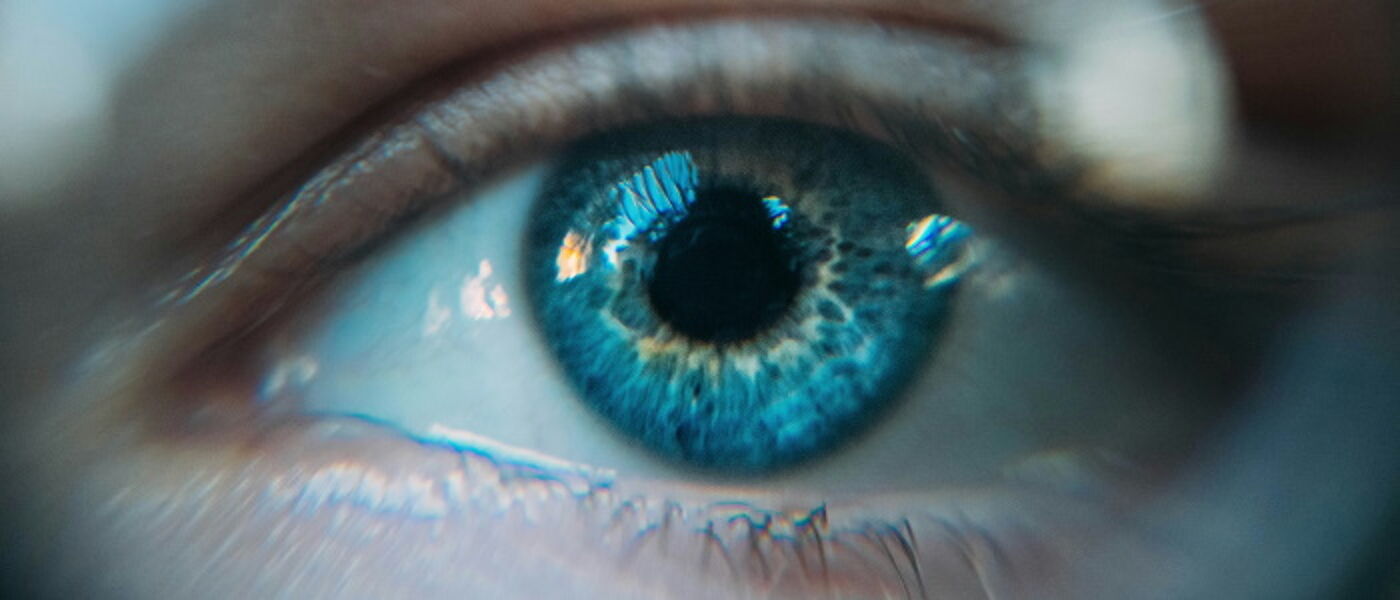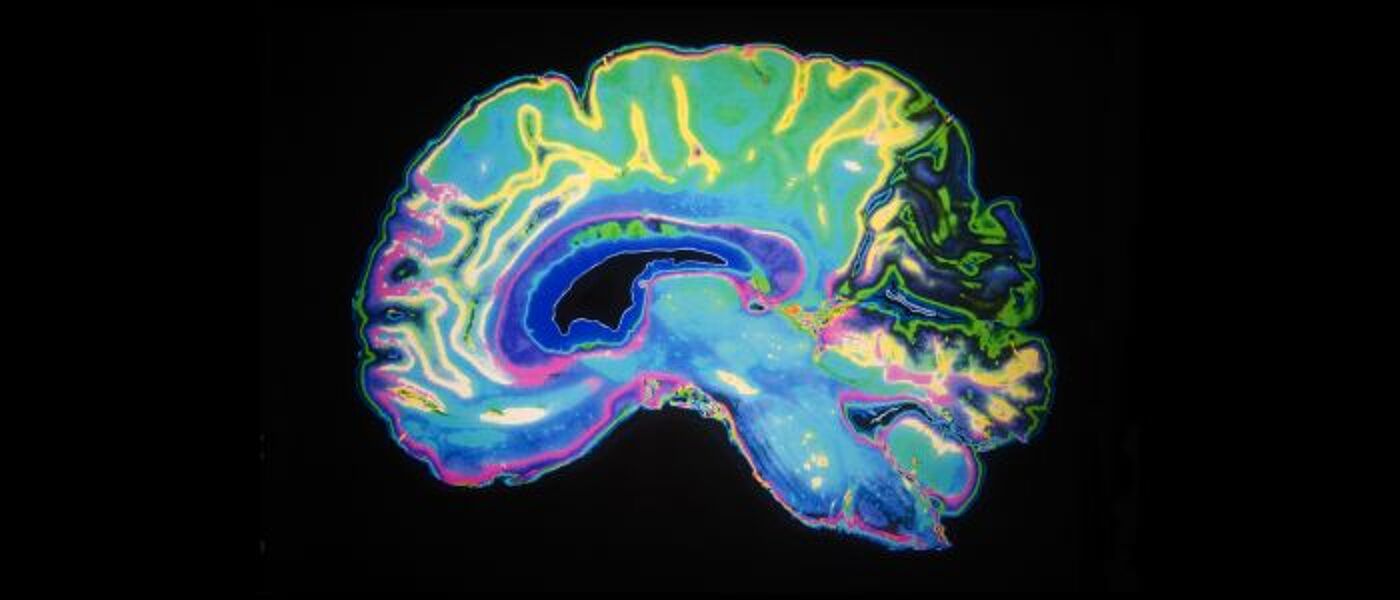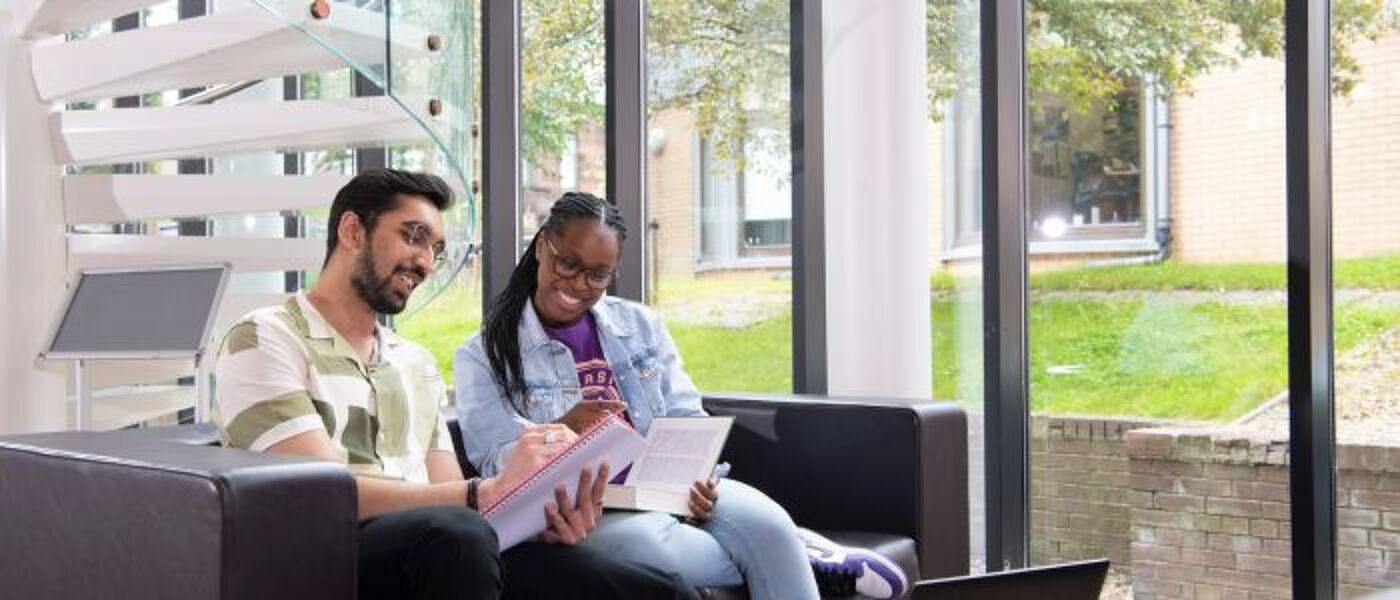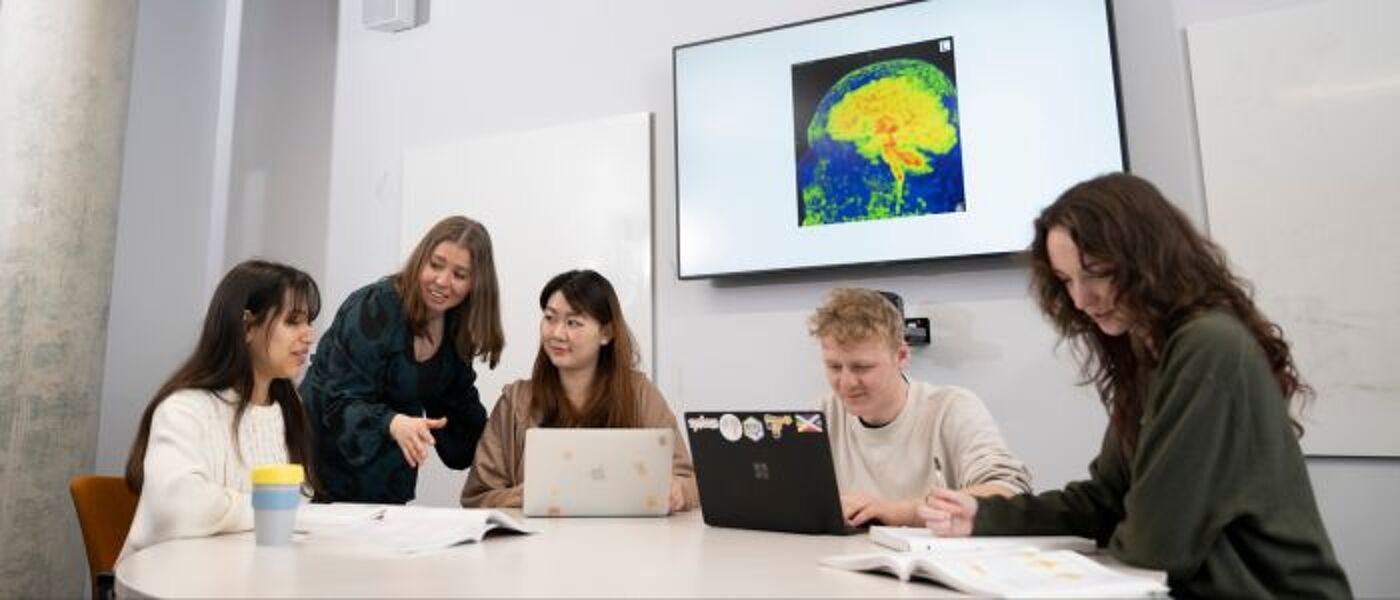
Information for current students and staff

Get Involved
Rankings & league tables

4th in UK

5th in UK
Times & Sunday Times Good University Guide [Psychology]

UK top 15

World top 100






